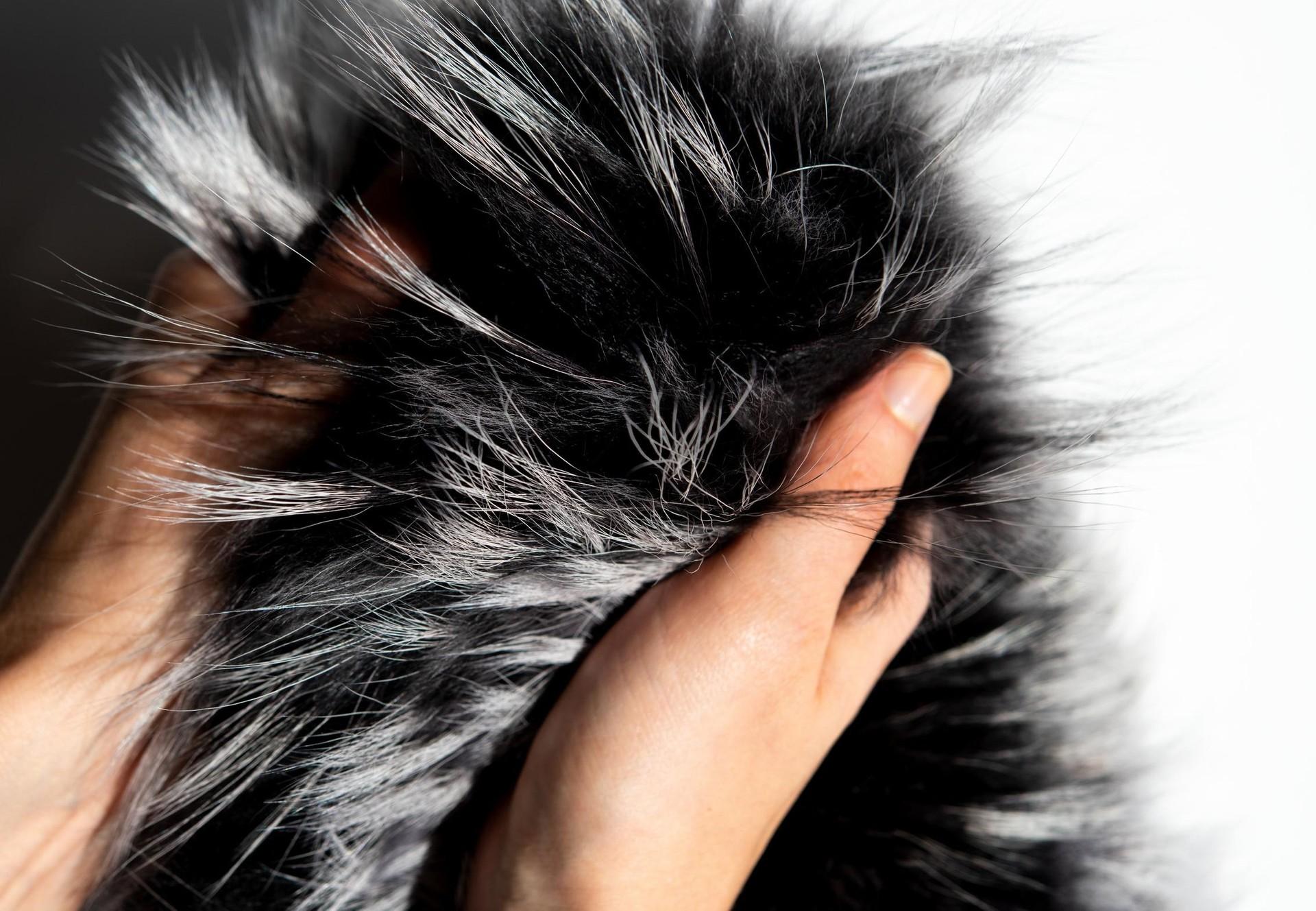
Real Fur or Fake?
Four ways to tell the difference
Today's faux fur is usually excellent quality and real fur is often shorn or coloured for use in the fashion industry. Both make it difficult to tell the difference between real and fake fur. While price used to clearly indicate the difference between real and faux fur, it is no longer decisive by itself. Sometimes garment labels specify if real or artificial fur was used for a product, but the origin of fur trimming is seldom declared at all. Nowadays, fur accessories or items decorated with real fur can be purchased from 10 euros upwards.
Unsure how to tell the difference? This is what you can do, to reliably identify real fur:
- The underwool test:
Pull the upper hair of the fur slightly apart and see if you can detect the underwool. It is made up of fine, dense and fluffy hairs that keep the animals warm in freezing temperatures. - The leather test:
Real fur is processed together with leather. Pull the hairs carefully apart. You should be able to tell whether the material underneath is woven fabric or real leather. - The wind test:
Real fur moves in the slightest breeze. If you blow very gently over the fur and the hairs move, you are probably dealing with real fur. - The scent test:
Real and faux fur can be clearly told apart if you burn a few hairs with a lighter. If it crumbles and you detect a smell of burnt hair or skin, it is definitely real fur. Faux fur gives off an artificial smell when burning and it melts to small, hard lumps, instead of deteriorating into ash like real fur.
The Fur Free Retailer Programme
If you want to be sure that you are not buying real fur inadvertently, check the list of fashion labels with a fur-free policy published by the Fur Free Retailer initiative.

